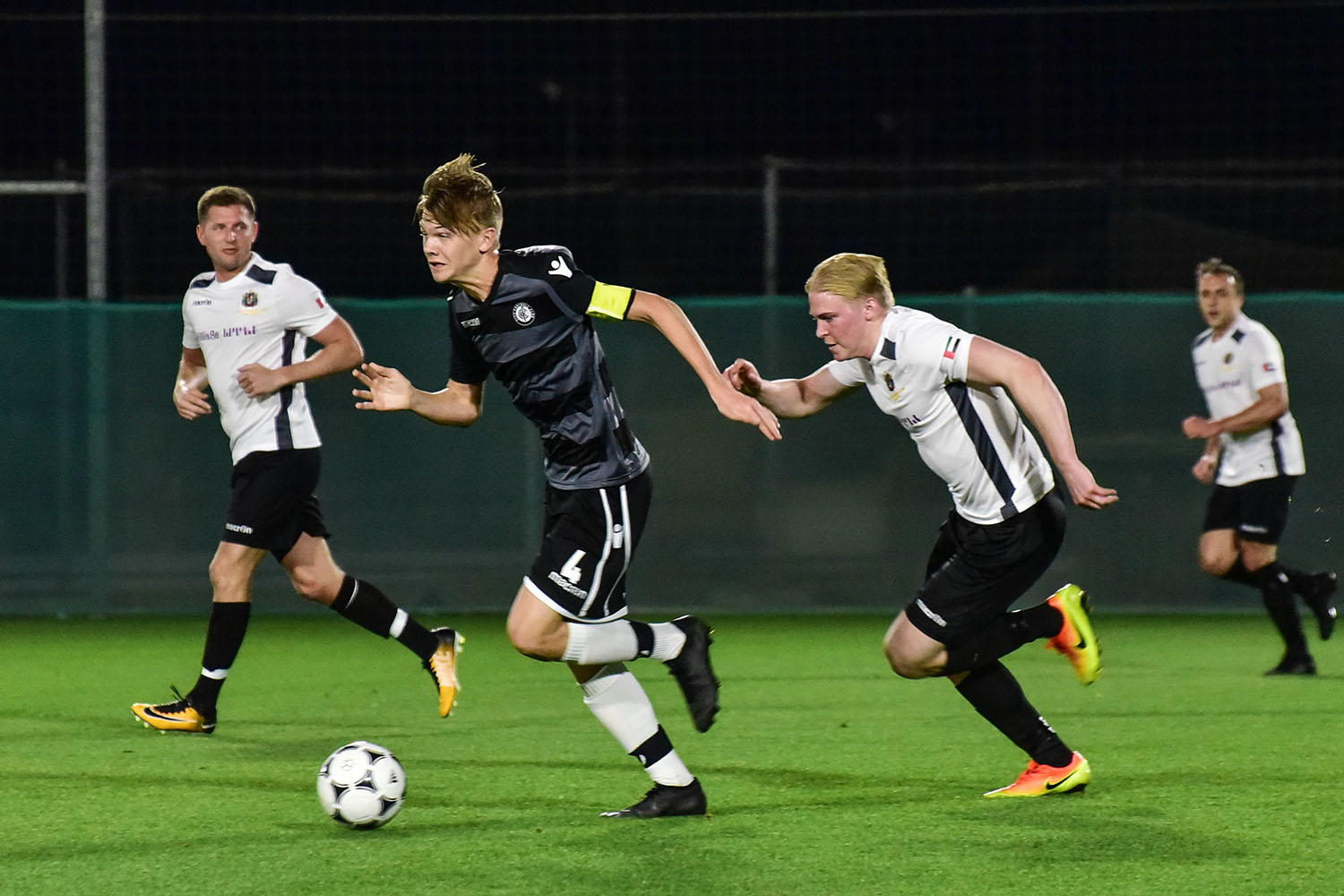The Muddy, the Mighty, call it what you will, but the Mississippi River found fame by many a song, film and book. From Gone with the Wind and Mississippi Burning to Tina Turner’s Proud Mary and Johnny Cash’s Big River to the inspired literary works of Mark Twain’s “Adventures of Huckleberry Finn” and “Adventures of Tom Sawyer”.
It’s the beating river artery of the US that also attracts tourism on steamboats and barges, and a major river route that winds through ten states beginning as a small stream at Lake Itasca, Minnesota, flowing south to the Gulf of Mexico. Between are tumbling waterfalls, neck-creaking bluffs towering over winding rivers through valleys and prairies.
The Great River Road is a National Scenic Byway which showcases scenic, historical, natural and cultural elements along the Mississippi River County. Each state has its own segment with Illinois having the longest at 550 miles.
I traced the route through the states of Minnesota, Wisconsin and Illinois.
Minnesota
Minnesota tops the score for the highest number of miles of the Mississippi River. The state also boasts more than 10,000 lakes, islands, bays, beaches and rapids, many of which are named after the Chippewa or Dakota Indian tribes of the area. Minnehaha Park is one of the oldest parks in an urban setting with a wilderness waterfall overlooking the Mississippi River.

Saint Paul Mississippi River
The state capital, St. Paul, and neighbouring Minneapolis make up the Twin Cities, which are divided by the Mississippi River. Minneapolis is home to the cultural landmarks of the Walker Art Center, a contemporary art museum, and the Sculpture Garden, famed for Claes Oldenburg’s “Spoonbridge and Cherry” sculpture.

Sculpture in Minneapolis – Spoonbridge & Cherry
Just south of the city in Bloomington is The Mall of America, the US’s largest shopping and entertainment hub, close to the airport. It’s home to over 500 stores, 60 restaurants, seven acres of theme park with 30 rides and an aquarium over four levels and is free to enter. The “Flyover America” experience is impressive as is the zero tax on clothing and shoes. Attention has been invested into sustainability with skylights to regulate temperature and 30,000 living plants for purifying the air.
Minneapolis was the home of Prince and is remembered in murals decorating downtown and his studio. A musical of Purple Rain will head to Broadway in 2026. Music row also features the Andrews Sisters and Bob Dylan.
Minnesota’s Bluff County is where the mighty river carved its widest and sharpest turn to house Red Wing, a town named after Chief Red Wing. In 1957, it became a corridor for commerce and today a quaint town with character as the trolley tours provide a narrated guide of the town.
The 1877 pottery museum displays stoneware through the years made by the indigenous people. Wabasha is the oldest town in the state, home to the National Eagle Centre and the film location of Grumpy Old Men.
When passing through Winona, the neighbourhood Bloedow Bakery found fame when it managed to chase out a major competitor to become the top bakery in the US. Why not stop by for an American-style donut?
Wisconsin
The drive passed through scenic areas in Driftless Wisconsin, a region of rugged landscapes where glaciers avoided the area, allowing streams and rivers, small towns, and Amish farms to flourish. America’s famous architect, Frank Lloyd Wright, made his home for 50 years here in Taliesin Estate in Spring Green, where his living architectural masterpiece is now a national historic landmark and UNESCO heritage site of 800 acres. It is here where he designed the Guggenheim Museum in NYC, his famous work, and Falling Water in Pennsylvania.
Madison the capital and a University City, sits on an isthmus between two lakes. The historic State Capitol Building features one of the largest granite domes in the world. The building is a replica of Washington with a statue on the top facing in its direction. It is open to the public with regular guided tours. Opposite is an authentic cheese deli promoting local cheese makers over the last 17 years. Fromaination, a popular deli offers cheese tastings. Ewed be Amazed and Pleasant Ridge Reserve are award-winning cheeses made in Wisconsin. Relax on the sunflower chairs by the riverfront on Lake Mendota on Memorial Union Terrace, a popular lakefront destination with its energetic vibe and regular event scene.
Illinois
The state is renowned for the windy city of Chicago and the historic Route 66. Galena is nestled in the hills of northwest Illinois and is celebrated as the third most visited place in the state after Chicago and Springfield.

Galena c. Illinois Office of Tourism
A guided classic red trolley tour through the historic streets will highlight that a large percent of the town is on the National Register of Historic Places; the 1855 DeSoto house, the oldest operating hotel in the state, Grants Park and Home, named after the 18th president, Ulysses S. Grant, who lived here.
The Belvedere Mansion & Gardens, owned by a river boat captain, and where the green drapes from “Gone with the Wind” are displayed, is the most visited Italianate mansion in town. Galena became a bustling town in the early 1800s with the discovery of lead. Mining became its first industry.
Situated on the Galena River, just a short distance from the Mississippi River, Galena was the largest port between St. Louis, Missouri and St. Paul, Minnesota by the mid-1880s. The town is also the start of Illinois’ Great River Road along the Mississippi River.

The Celebration Belle c.Visit Quad Cities
Moline is the only place where the river flows east to west and a location to step aboard the 750 passenger riverboat, the Celebration Belle, for a sightseeing or themed cruise, a fitting finale to my journey following the Mississippi, the mighty, the ole’man river with many a story, attraction and place to visit along the roads that follow its journey.
A flowing pageant of life
From northern Minnesota, the Mississippi flows. Hundreds of tributaries in 31 states from the Rocky Mountains to the Appalachians feed the river. American Indian Tribes began moving into the Mississippi Valley about 12,000 years ago after the last continental glacier’s retreat, where they built intermittent and seasonal villages on terraces above the riverbanks and canoed the waterways to hunt, gather plants and trade goods.
When the Europeans moved to the area and Americans from the east, the Dakota in 1854 were forced onto reservations along the Minnesota River. Minneapolis harnessed the river’s power, making it the nation’s flour milling capital from 1880 – 1930.
Bald eagles soar over the river, Great blue herons and egrets leave rookeries along the river to stalk marsh edges for fish and frogs. Floodplains and forests are home to snakes, deer and salamanders. Mainstream and backwaters, and channels of the Mississippi serve as nurseries for fish.
Taming The Wild River
Upstream, downstream and shore-to-shore passengers and freight float on this river, from birchbark canoes in the 1800s, ferryboats and steamboats in the mid-1800s and barges from the 1900s, escorting modern-day river cruises, leisure boats and water taxis.
But it was never plain sailing. Locks and dam systems transformed the river’s flow into a long staircase, which calmed the river to accommodate traffic, while careful dredging caused by erosion and silt helped to manage ecosystems and preserve wildlife.. The river is home to over 119 species of fish, with shallow waters and marshes, braided streams, backwater marshes, and nesting turtles. From time to time, the river carves new channels, lacing the land with water pools and lakes.
Where to eat along the way
The post The Land of the Mighty Mississippi appeared first on The Travel Magazine.






















